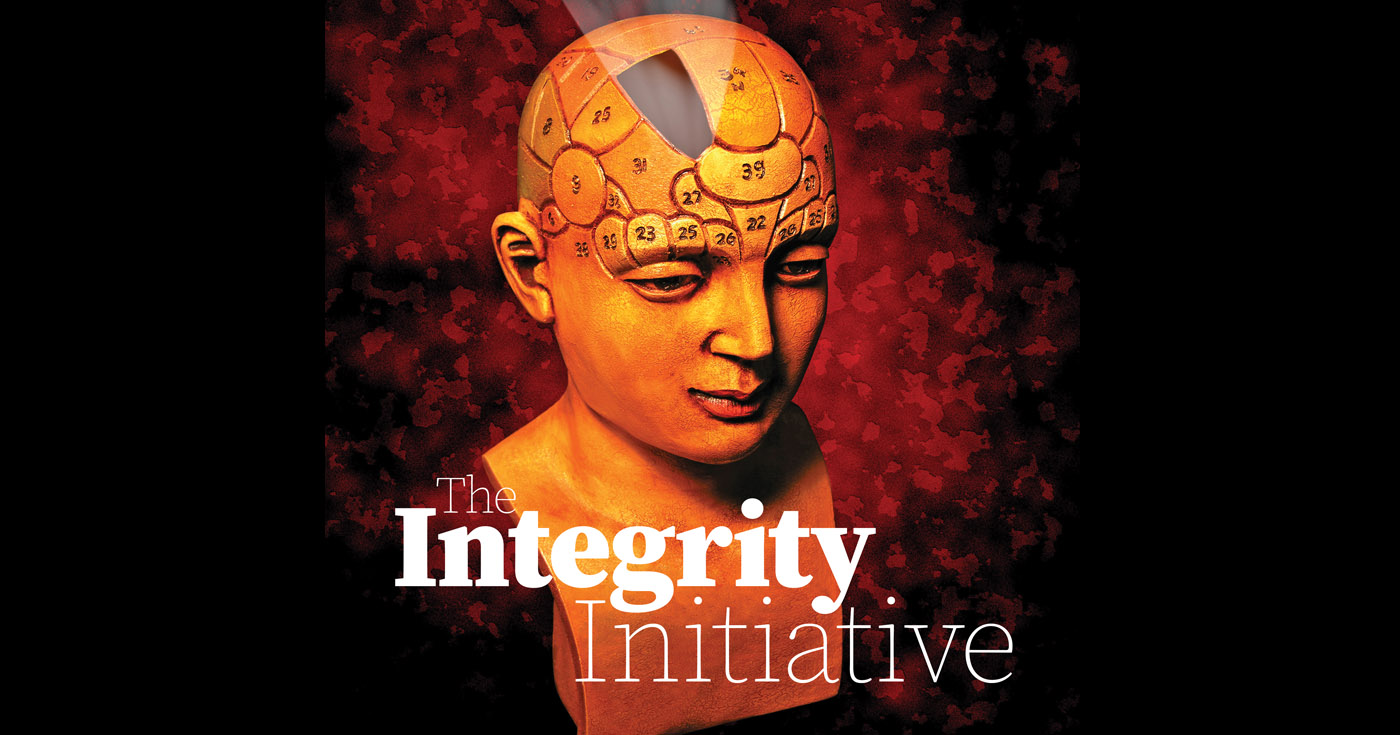The Board of Investments (BOI) may invest on so-called fixed assets, such as manufacturing or painting facilities, to buttress government support for local body-builders supplying the new jeepneys for the Department of Transportation’s (DOTr) public-utility vehicle (PUV) modernization program.
This may signal a different, and possibly a better incentive scheme, from the BOI’s manufacturing stimulus program for passenger cars, the Comprehensive Automotive Resurgence Strategy (CARS) Program.
Government support for the local manufacturing of the eco-PUVs, or the modern Filipino-made jeeps, needs to be significantly higher as local assembler grapples with much cheaper imports of completely built-up (CBU) units from other countries.
The CBU imports, if sourced from Asean countries, enjoy zero duty upon entry into the Philippines.
BOI Head and Trade Undersecretary Ceferino S. Rodolfo said subsidy for locally manufactured eco-PUV units can come in the form of a fixed-asset incentive, which essentially means the government will invest in a key manufacturing facility to offset a particularly costly part or component of PUV body assemblers’ production.
“We said before we’re looking at a substantial subsidy in terms of making a critical component in the production [of eco-PUV jeepneys]. We’re looking at that critical component, like will it be on electro-dipping or the body stamping facility? We haven’t decided yet,” Rodolfo said.
In turn, the participant assemblers to the eco-PUV manufacturing initiative must have a high auto- parts localization commitment.
In contrast, the CARS Program allotted P18-billion government support for the production of two models enrolled by Toyota Motors Philippines and Mitsubishi Motors Corp. Philippines.
The incentives are divided between the production volume incentive (PVI), which takes a 60 percent of the P9-billion-per-model support, and the fiscal incentive support (FIS), which has the remaining 40 percent.
The FIS, in the part of the CARS, was given through a investment-sharing with the participant assembler, particularly in setting up the stamping facility.
Rodolfo clarified the BOI hasn’t decided if they will retain the 60-40 ratio, and raised the possibility of “pouring more” in terms of fixed assets.
The DTI or the BOI has yet to say if they will augment the P9-billion budget, originally for the third slot for CARS, that is now given to the eco-PUV initiative.
“Probably, it might be a better program than the CARS Program, peso-wise, it might be a bigger program,” Trade Secretary and BOI Chairman Ramon M. Lopez said.
The DOTr earlier said there are 200,000 jeepney units that are slated for replacement, and this will be the unit production target for local assemblers in six years’ time.
Image credits: Nonoy Lacza































